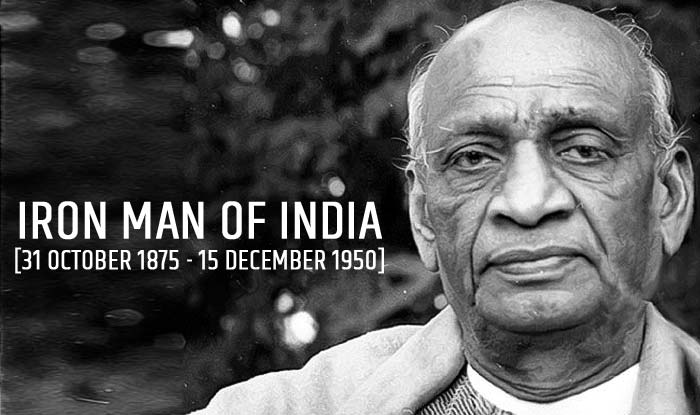Sardar Vallabhbhai Patel, also known as the Iron Man of India, was one of the most important figures in India’s independence movement. He was born on October 31, 1875, in Nadiad, Gujarat, India. Patel was a barrister by profession, but he soon became involved in the Indian independence movement. He was one of the founding members of the Indian National Congress (INC) and played a key role in the Salt March and the Quit India Movement.
After India gained independence in 1947, Patel was appointed the first Deputy Prime Minister and Home Minister of India. He played a crucial role in integrating the princely states into the Indian Union and in preventing the communal riots that followed partition. Patel is also credited with building the Indian Administrative Service (IAS) and the Indian Police Service (IPS), which are two of the most important institutions in India today.
Patel’s early life and career
Patel was born into a middle-class family in Nadiad. He was a bright student and went on to study law at the University of Bombay. After graduating, he moved to England to practice law.
In 1900, Patel returned to India and began practicing law in Ahmedabad. He quickly became involved in the Indian independence movement. He was one of the founding members of the INC and served as the president of the Gujarat Pradesh Congress Committee from 1917 to 1920.
Patel’s role in the independence movement
Patel played a key role in the Indian independence movement. He was a strong advocate of non-violence and civil disobedience. He led many protests and demonstrations against British rule.
In 1930, Patel led the Salt March, a major protest against the British salt monopoly. The march was a major success and helped to raise awareness of the Indian independence movement around the world.
In 1942, Patel was one of the leaders of the Quit India Movement, a call for the British to leave India immediately. The movement was a major turning point in the independence struggle and helped to pave the way for India’s independence in 1947.
Patel’s role in post-independence India
After India gained independence in 1947, Patel was appointed the first Deputy Prime Minister and Home Minister of India. He played a crucial role in integrating the princely states into the Indian Union.
At the time of independence, India was a patchwork of more than 500 princely states, each with its own ruler. Patel was determined to bring these states into the Indian Union, and he used a combination of persuasion, negotiation, and force to achieve his goal.
Patel also played a major role in preventing the communal riots that followed partition. He worked tirelessly to restore peace and order, and he helped to create the Border Security Force (BSF) to protect India’s borders.
Patel’s legacy
Sardar Vallabhbhai Patel is remembered as one of the greatest heroes of India. He was a strong and determined leader who played a key role in India’s independence and unification. His legacy continues to inspire generations of Indians today.
Specific contributions to India’s independence
- Led the Salt March, a major protest against the British salt monopoly
- Led the Quit India Movement, a call for the British to leave India immediately
- Played a crucial role in integrating the princely states into the Indian Union
- Helped to prevent the communal riots that followed partition
- Built the Indian Administrative Service (IAS) and the Indian Police Service (IPS)
Conclusion
Sardar Vallabhbhai Patel was a true patriot and a great leader who helped to shape the modern nation of India. His legacy will continue to inspire generations to come.


Leave a Reply